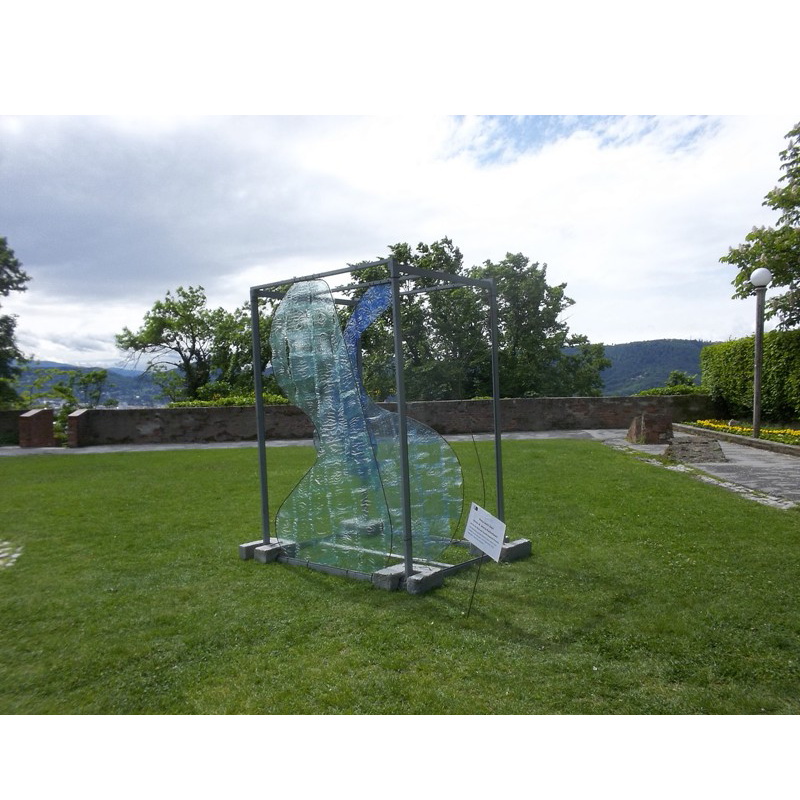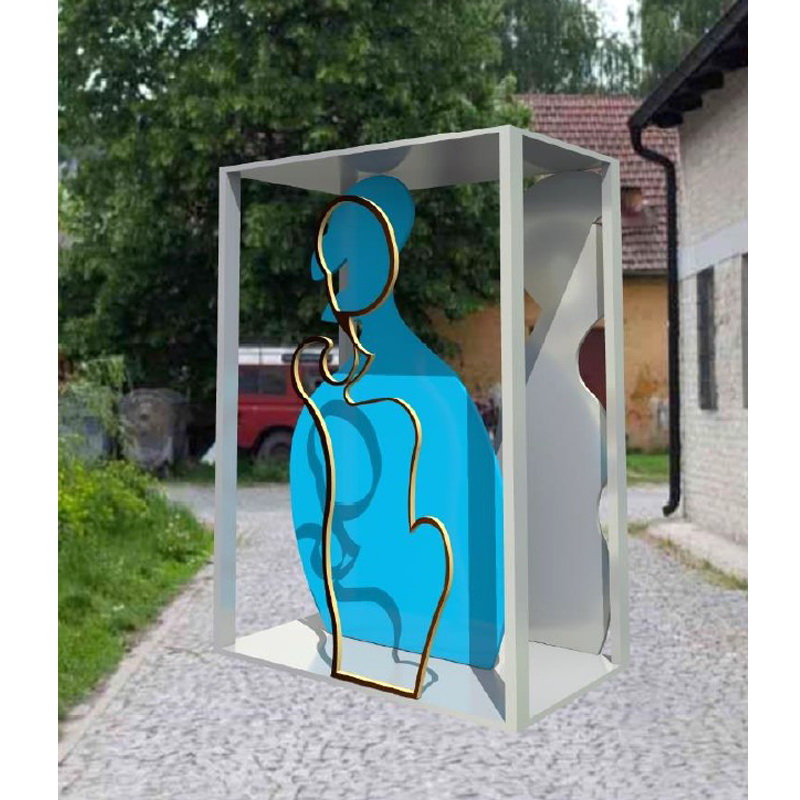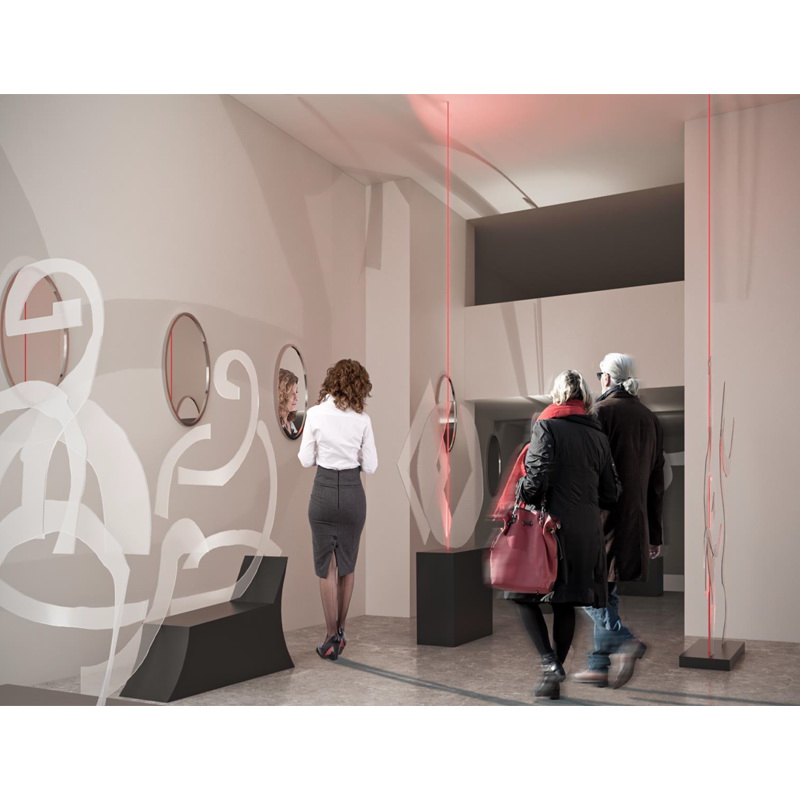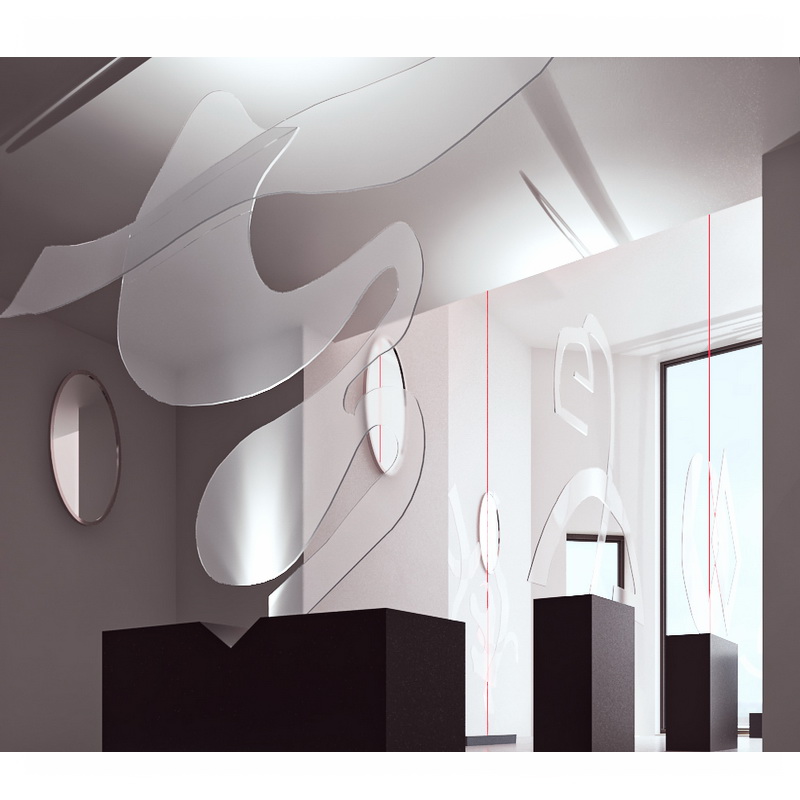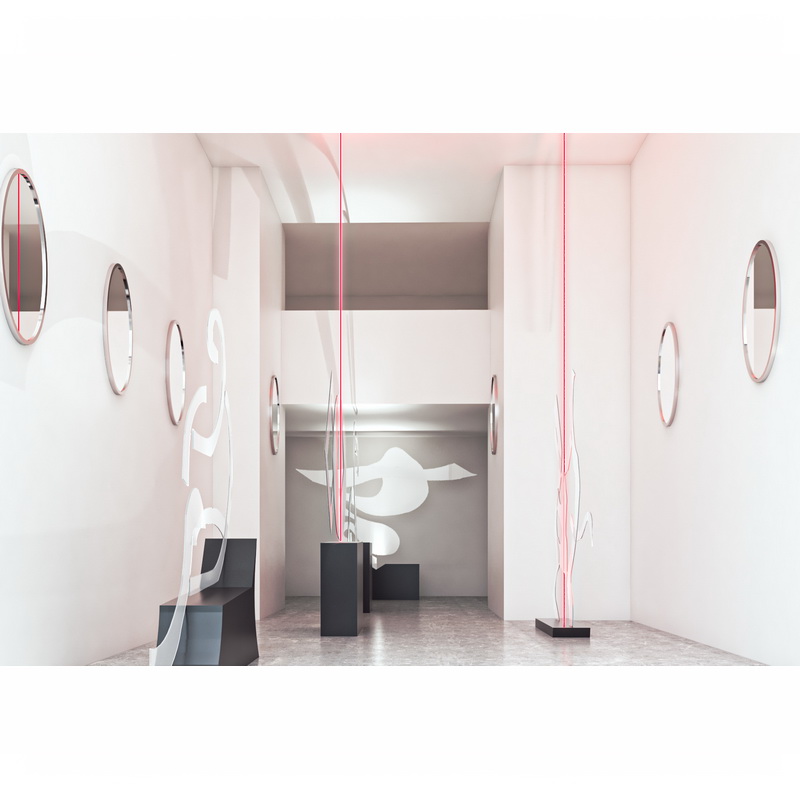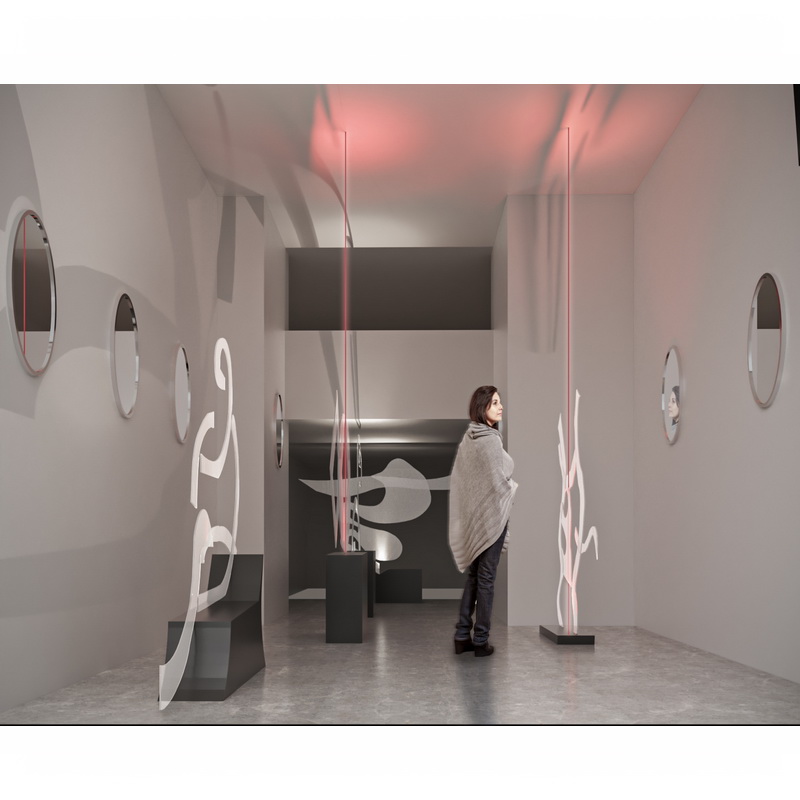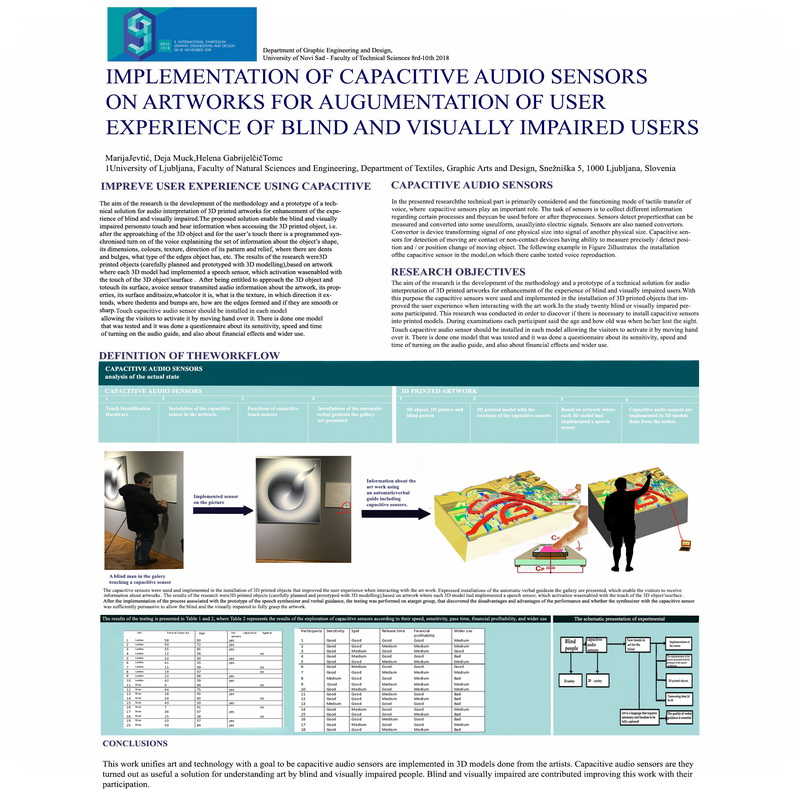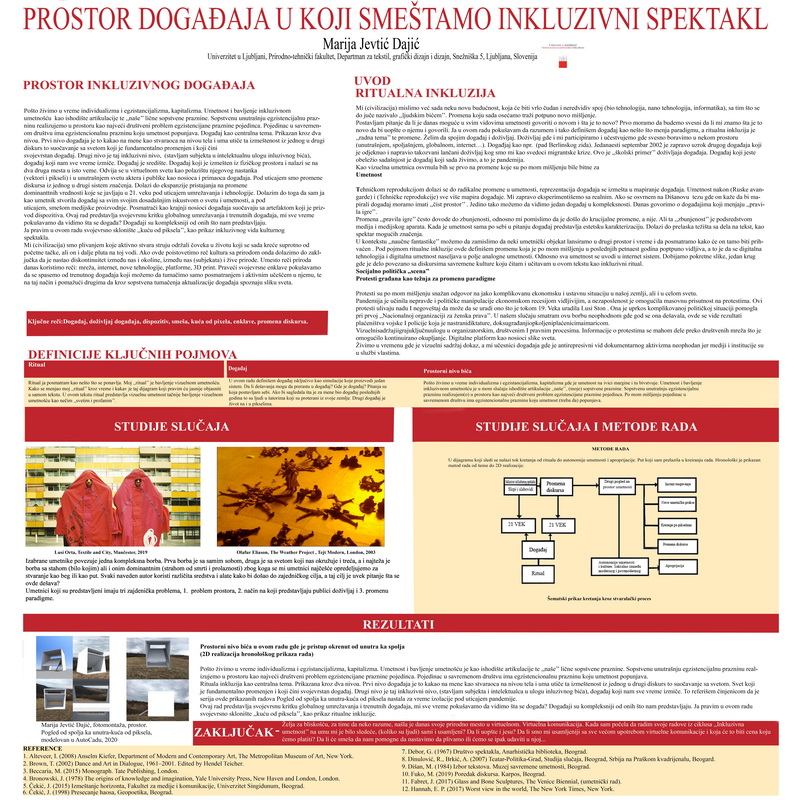Installations
Installations
THE REINTERPRETATION OF CLASSICAL ART IN DIGITAL FORMAT
The reinterpretation of classical arts in digital art is the basic framework in which the world is moving with the help of two concepts classically and digitally. It is important to know how much digital art has helped and ease the consumption of art among the broad masses on the one hand, while on the other hand it is the classic basis for everything. The phenomena of “From pigment to pixel” is the focus of this research, or how the aesthetics of classical use are in the epoch of digital. The instrument for
transferring elements from one to the other meaning system or art discourse, or as an act of creation that strategically applies to existing artistic or non-artistic creations as a building for the construction of a new artistic creation, is called appropriation. The aim of the paper is to analytically review the most important works that are the state-of-the-art in the transfer of meanings “From pigment to pixel” and to interpretively present new assumptions, synthesis and analogies that are raised from a new paradigm of observing this phenomena in the art and the technology.
After a review of history in pixel-pigment implementations the paper addresses and critically discusses the works of Oliver Laric, as a representative artist that creatively interlaces the physical and digital giving new meaning to the reinterpretations of classical arts in digital forms. In the final part of the analytical review the manifestation of avatars and digital body (body and identity) are presented and discussed. In the conclusions the authors’ study is summed up with three interpretative observations that give the initiative also for further researches in the field.
ART FOR THE BLIND AND VISUALLY IMPAIRED PERSONS
This artwork is a spatial installation. The idea is that artwork is large so the audience can go through it. The work is primarily intended for blind and partially sighted people (audience). The idea is for the blind and visually impaired people as they pass between the figures that make up the installation by touching the texture and recognizing the shape of the installation of the figures. Broadly speaking, the idea of the art work is the reinterpretation of classical arts in digital art is the basic framework in which the world is moving with the help of two concepts classically and digitally. It is important to know how much digital art has helped and ease the consumption of art among the broad masses on the one hand, while on the other hand it is the classic basis for everything. The phenomena of “From pigment to pixel” is the focus of this research, or how the aesthetics of classical use are in the epoch of digital. The instrument for transferring elements from one to the other meaning system or art discourse, or as an act of creation that strategically applies to existing artistic or non-artistic creations as a building for the construction of a new artistic creation, is called appropriation. The aim of the paper is to analytically review the most important works that are the state-of-the-art in the transfer of meanings “From pigment to pixel” and to interpretively present new assumptions, synthesis and analogies that are raised from a new paradigm of observing this phenomena in the art and the technology.
Dimension of the artwork: height- 2m, width -1 m, the distance between the figures is 50cm, width of all figures together (width of the whole artwork) -1,50 m
Steel frame that frames the spatial installation (sculpture). It has two roles, the first role is the framework and upgrading the experience of the event with the audience, the second role is the stability of the installation due to wind and similar disasters.
The steel frame is slightly larger than the installation itself. Its proportions are: height - 2,15m, width - 1,15m, width of all figures together (width of the whole artwork) - 1,50m.

